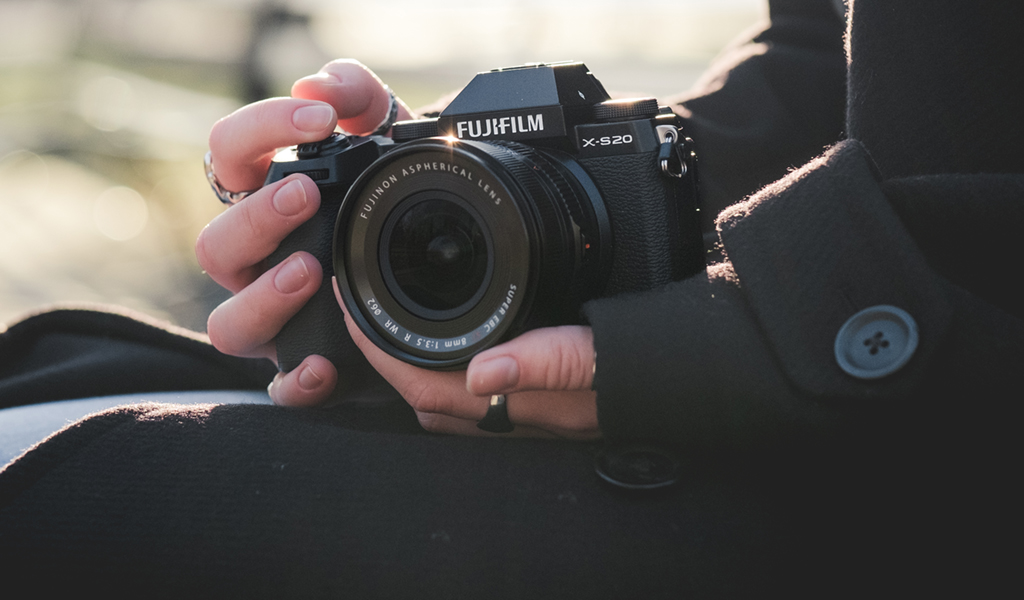
Fujifilm announced a new mirrorless camera in the X-S20 looking to attract content creators who want quality images in a smaller form factor. The camera is a compromise of sorts in that it uses certain components from its predecessor, yet changes other aspects to make it more appealing and versatile in different shooting situations.
It’s more compact than the cameras in the X-T and X-H series’, though equipped with more modern components that enable the X-S20 to do far more than its predecessor could. While not exclusively a “vlogger camera” it’s got the goods to be a mid-range shooter that can do a little bit of everything.
Fujifilm X-S20 details
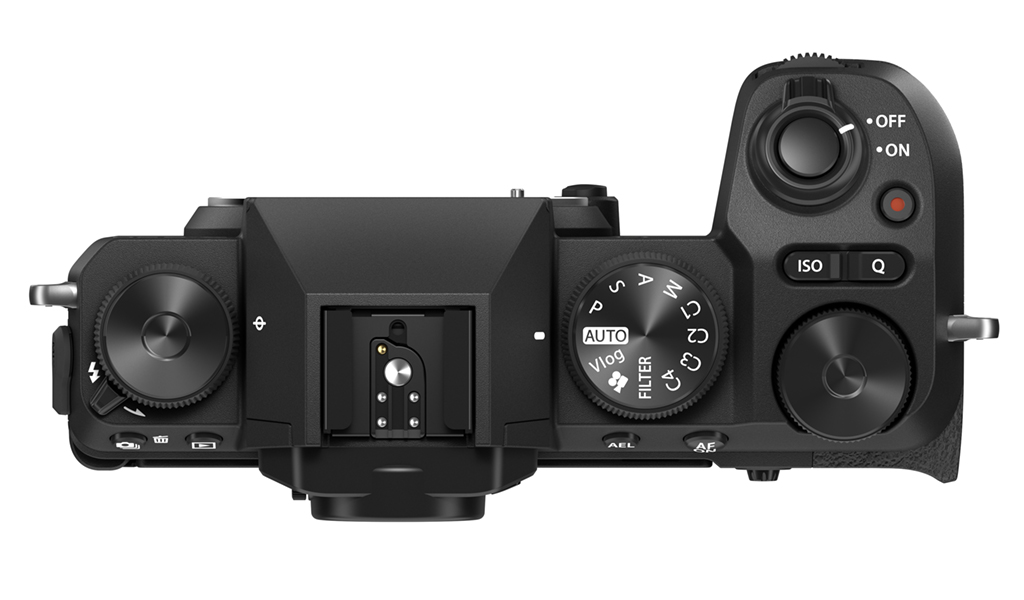
The biggest element involved here is with the processor. Despite sticking to the same 26-megapixel image sensor as the previous X-S10, the X-S20 uses the same X Processor 5 found in the X-H2 and X-T5. That makes for significant changes in key performance areas. One is you can work with a wider buffer when shooting in burst with the mechanical shutter. Instead of maxing out at 100 or so JPEG or compressed RAW photos in the X-S10, you can go up to 1,000 with this camera. Even if you prefer to shoot in uncompressed RAW, the buffer doubles, making it much easier to shoot fast action if that’s what you have in mind. The numbers go a little higher when using the electronic shutter.
Bringing in the X Processor also opens the door to various other features that trickle down from Fuji’s more advanced cameras. A standout is the AI-assisted autofocus that can detect subjects, like human faces and eyes, as well as animals (including birds and insects), vehicles, airplanes, bicycles, trains and drones. Subject tracking also moves faster thanks to the processor, improving how you stay locked onto a subject.
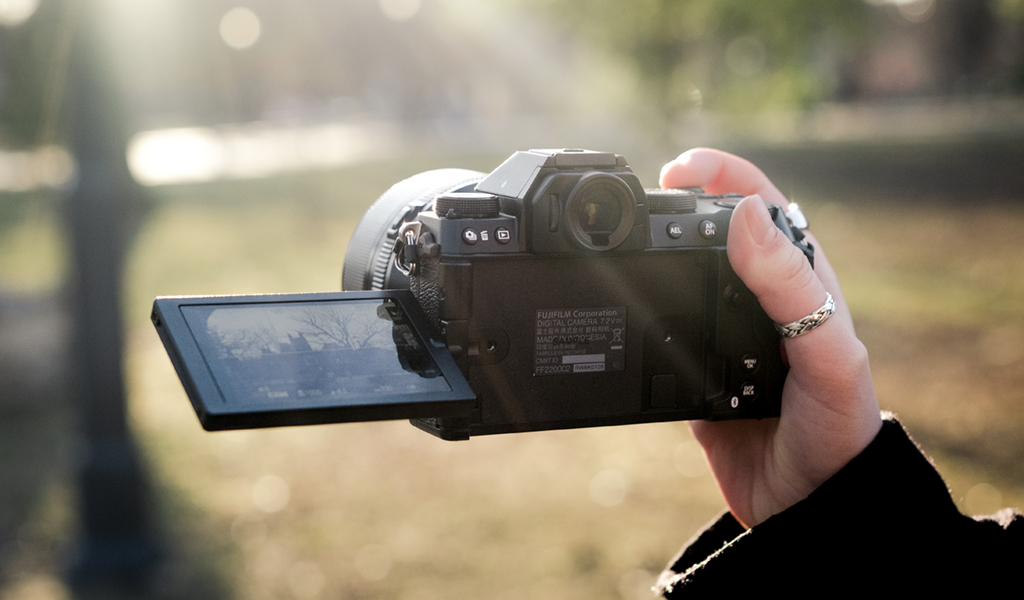
The electronic viewfinder is better positioned and offers sharper detail. The grip is also larger to accommodate the bigger battery, which is why the X-S20 can take more than twice as many shots (750) per charge as its predecessor.
The same 19 Film Simulation modes stick around, and you can access them more easily if you choose to shoot in Auto. Or, you can select them manually, like always, within the menu.
More video features
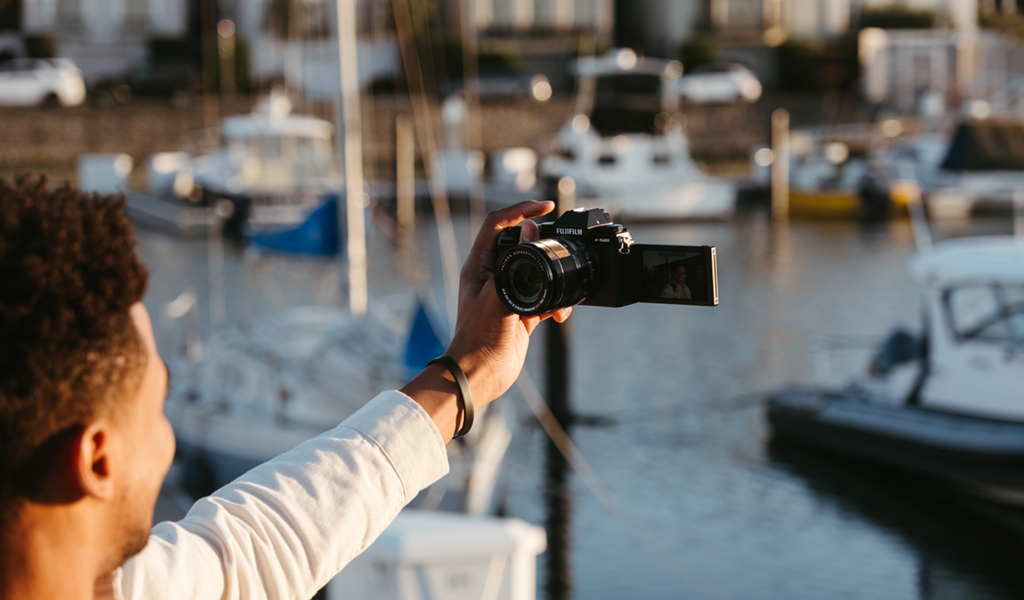
Fuji applies more focus on video recording compared to the previous model. That begins with the ability to record in 6.2K at 30fps in 4:2:2 10-bit, 4K at 60fps, 1080p at 240fps, and 1080 at 60fps in Long Play mode. Use the HDMI port to connect to a laptop or monitor, for instance, you can take it higher to 12-bit Apple ProRes and Blackmagic RAW video at 6.2K at 30fps and 5.2K at 30fps.
The new Vlog mode automatically turns on face and eye-detection, as well as a one-touch Background Defocus mode that sets the camera to the widest aperture for simpler focus adjustments when demoing products. The touchscreen displays a number of features and settings to streamline recording on the fly, especially for vloggers who do a lot of selfie videos. You also get the flexibility to use any of Fuji’s film simulations if you want to try those.
Note that you only get one UHS-II SD memory card slot here, so if you prefer to record video with two cards, you don’t have that option here. You can use it as a webcam with your computer as well, in case you need to for content or video conferences.
A new wide angle lens
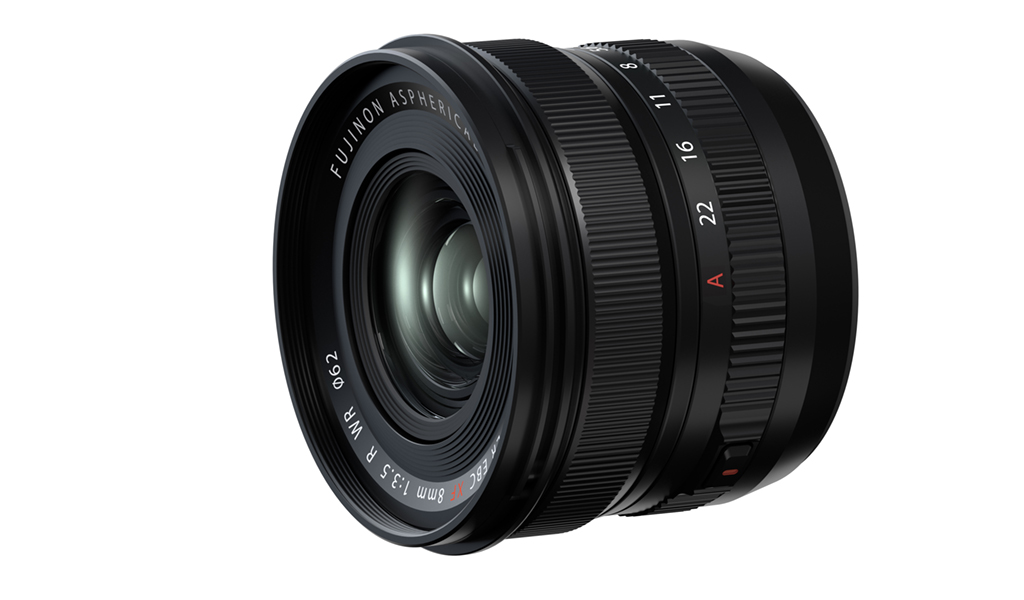
Fujifilm also introduced a new Fujinon XF8mm F3.5 R WR lens, an ultra-wide angle lens with a 12mm focal length equivalent since it was made for APS-C sensors. It’s ideal for broad vistas and capturing selfies with background scenes. It’s fairly light at 221 grams, with a weather-resistant body that can work in varying conditions.
Coming soon
Fuji is also introducing a new Fujifilm XApp for smartphones to work with the company’s GFX and X-Series cameras. The X-S20 is available now for pre-order with a 23-69mm lens kit and a 27-84mm lens kit at Best Buy.
Check out all the latest Fujifilm cameras and gear available now.


